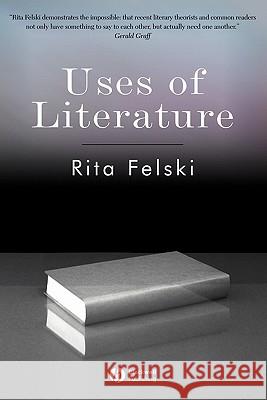Uses of Literature » książka
topmenu
Uses of Literature
ISBN-13: 9781405147248 / Angielski / Miękka / 2008 / 162 str.
Uses of Literature
ISBN-13: 9781405147248 / Angielski / Miękka / 2008 / 162 str.
cena 142,93
(netto: 136,12 VAT: 5%)
Najniższa cena z 30 dni: 142,04
(netto: 136,12 VAT: 5%)
Najniższa cena z 30 dni: 142,04
Termin realizacji zamówienia:
ok. 30 dni roboczych
Dostawa w 2026 r.
ok. 30 dni roboczych
Dostawa w 2026 r.
Darmowa dostawa!
Uses of Literature bridges the gap between literary theory and common-sense beliefs about why we read literature.
- Explores the diverse motives and mysteries of why we read
- Offers four different ways of thinking about why we read literature - for recognition, enchantment, knowledge, and shock
- Argues for a new -phenomenology- in literary studies that incorporates the historical and social dimensions of reading
- Includes examples of literature from a wide range of national literary traditions











